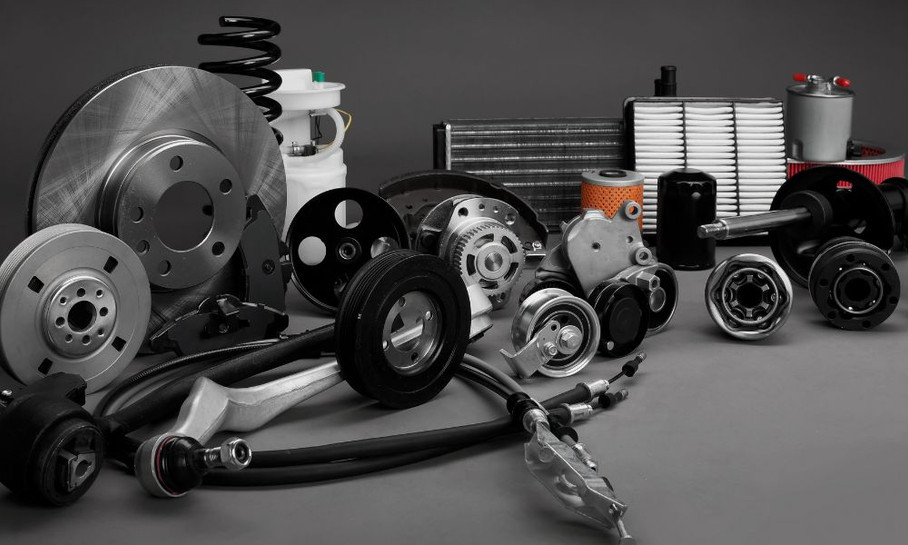Many people like to work on cars, but to do so, they need to do a lot of research, perform a lot of physical labor, and do a lot of shopping. When restoring an older car or upgrading a newer car, you need to look at the internal parts to clean them up or outright replace them. When you delve into replacing parts, you’re confronted with the decision between OEM and aftermarket parts, and it’s hard to know which option is best. Read on to learn about the difference between OEM and aftermarket parts.
OEM Parts
Part of what makes OEM parts so unique is that they are the parts meant to be in the vehicles. OEM stands for Original Equipment Manufacturer, meaning the manufacturers of the vehicle made these parts for specific models. OEM parts are made directly by manufacturers like Toyota, Honda, or Nissan, and there is an expectation of quality that you can’t find with other aftermarket manufacturers. These pieces of equipment are designed specifically for the make and model of your car and account for intricacies that an aftermarket part will not in their more universal designs.
Aftermarket Parts
Aftermarket parts are components of a car that companies make to be compatible with as many vehicles as possible. An OEM muffler for a Toyota Tacoma will look and fit much differently than an aftermarket muffler part that is meant to be versatile, fitting into as many cars as possible. This versatility can hurt these parts’ performance, but they are relatively cheaper than OEM parts. That’s partly because they are so versatile, but it’s also because OEM parts only have one manufacturer, whereas a lot of companies try to make aftermarket parts, forcing businesses to reduce costs in order to remain competitive.
The Important Differences
But what is the difference? As mentioned, OEM parts are better for a vehicle, but they often offer limited choices, and there can be a big price differential. OEM parts directly from the manufacturer have a steeper price tag but are generally more worthwhile because they are made with higher-quality materials. These parts are also fine-tuned to work with your machine, whereas aftermarket parts are made to fit in multiple vehicles.
It may seem like OEM is the way to go, but if you have an issue with a specific part of your car, you may want to consider an aftermarket part. The car manufacturers don’t always get it right, so you should leave your options open. However, it’s important to note that many OEM parts are covered under warranty, and the use of aftermarket parts can potentially void your vehicle’s warranty.
Understanding the difference between OEM and aftermarket parts is crucial for restoring, repairing, and upgrading your vehicles correctly. And even though you may know the difference, you must still go out and find the parts that you need, which can sometimes be tricky. Thankfully, Northwest Team Yota has you covered. We carry a significant number of OEM parts, including AISIN car parts. If you’re looking for these parts for your car, you can come straight to us!

